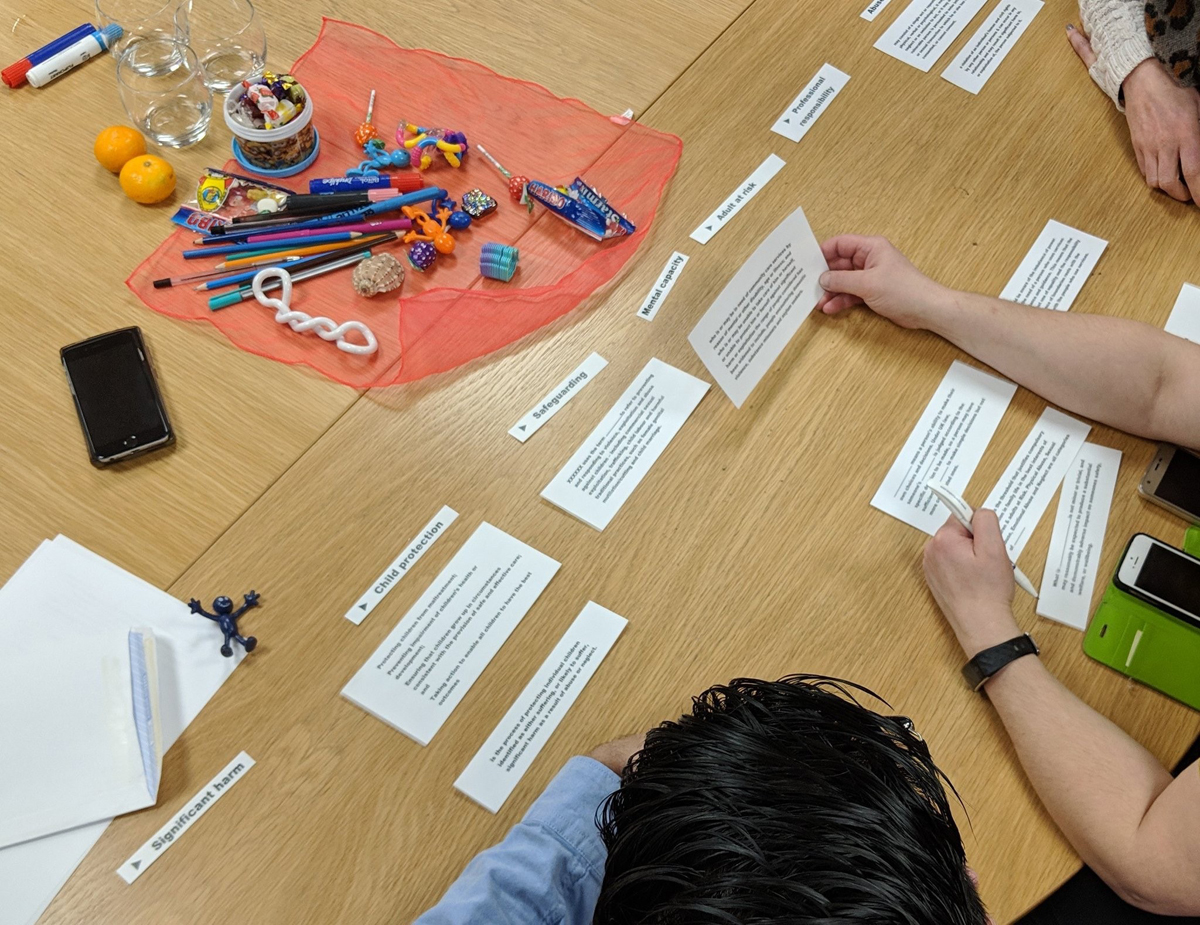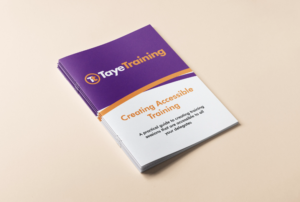Recent research has shown that many training activities have no discernible positive impact upon the performance of either the learner or the organisation that they work for. That means that money spent on learning & development could be effectively wasted.
With the need to justify all spend in the current climate and prove a high return on investment, organisations are becoming much more discerning about the learning that they choose and the people they choose to deliver it. So, how would it be if we could show you a way of making every learning interaction so engaging, useful, relevant and memorable that it improves learner retention and that all important return on investment, whilst making it fun for you and the learners?
Engaging learning – how do we begin to make the difference?
Engaging Learning is a fantastic way to create a learning experience that is memorable, rewarding, impactful and powerful. If learners are ‘engaged’ in a relaxed environment, they will feel able to learn at a sub-conscious level and learners who learn sub-consciously can achieve a significant improvement in the speed and retention of their learning.
Engaging learning environments that stretch learners intellectually, emotionally and physically have to be created by the facilitator (notice we talk about facilitation rather than training). The facilitator can achieve this by tapping into each learner’s learning styles and involving learners in more ‘hands on’ learning rather than lecturing or presenting.
We create the best learning environment when we encourage learners to use the whole of their brain. This includes stimulating all of the learner’s senses which will ensure that many different parts of the brain are accessed during the learning experience. Engaging learning achieves this – it quite literally stimulates the parts that other learning experiences can’t reach!
So, in a nutshell, Engaging Learning is about:
- Encouraging learners to relax and enjoy the experience
- Using both the left side and the right side of the brain to learn and tapping into each individuals learning styles and preferences
- Stimulating the five senses to access the different areas of the brain
- Encouraging subconscious learning through repetition and memorable experiences
- Keeping the learner’s attention and reinforcing the key messages in the most memorable way
The two hemispheres of our brain – the left hemisphere and the right hemisphere – have different functions. The left side has the logical, analytical functions and the right side has the creative, emotional centres.
Traditionally, we are encouraged to learn with the left-hand side of the brain – to analyse and rationalise what we are being taught. However, if we ignore the right-hand side of the brain, we are ignoring half of the brain’s power and resources.
Engaging learning brings together both sides of the brain by stimulating the senses and encouraging creativity. Creating an environment where learners enjoy the experience and have fun will create an emotional response to the experience. This makes the learning instantly more memorable and therefore the key messages will stick. If we can also work with the brain and give it information in the way that it wants to receive it, we can maximise the brain’s receptiveness.
The average adult attention span is between 15 and 40 minutes at a time. After this time, the amount of information we retain will dramatically reduce. Therefore, we need to change the subject or method of delivery every 15-20 minutes to keep everyone’s attention. Think about using regular energisers, moving around the room, changing the media you are using and involving the audience at regular intervals to avoid the learners dropping off! Therefore, to maximise the amount of information that the learners retain, we need to combine discussions with visual stimuli and practical sessions where learners can experiment with the skills and information they are being taught.
Why is engaging one of the four steps in the methodology?
As someone who has graduated from the Train the Trainer Award, learning the methodology, and as a facilitator who has experience of designing and delivering engaging learning solutions I found the ‘Engaging’ step fundamental to the process and so important for facilitators to consider when designing and delivering training sessions.
It may take a little more effort and energy in the design and facilitation process, however imagine the positive feedback, the relevancy and retention of the learning, the motivated learner who can go back into their workplace and implement what they have learnt, the delighted organisation who contacts you to book more courses because of the amazing feedback and discernible difference it is making to their team members motivation and output. How you have incorporated all of the learning styles and engaged with both left and right brain!
As facilitators, we all want people to leave our courses having enjoyed the whole experience and remained engaged and motivated throughout. We want to see light bulbs going on and we want the delegates to take away as much learning as they can and apply it effectively in an operational setting. And we want them to feel confident about positively impacting on someone’s life.
The ‘Engaging step’ ensures your training is unique and interesting. It’s all about mixing things up to recognise the differences in people and to meet everyone’s needs. It truly does transform your training!






